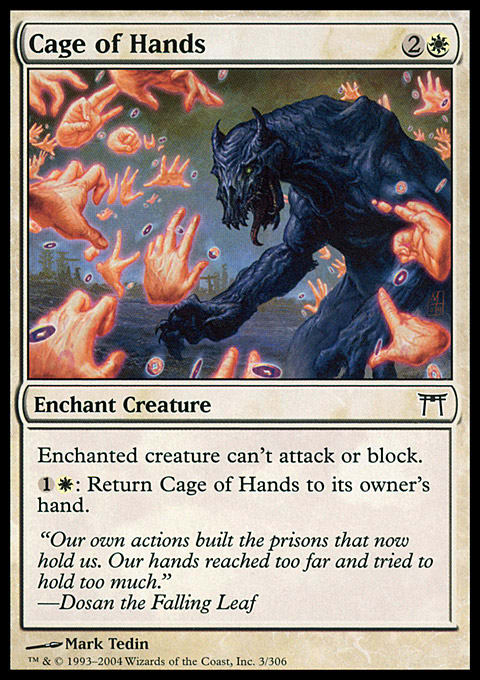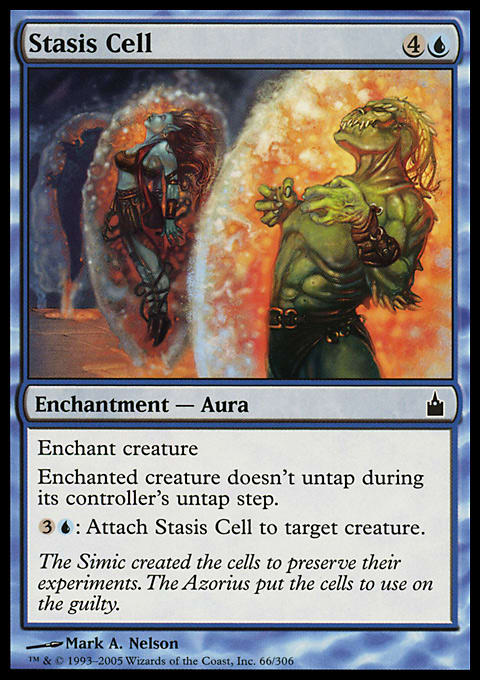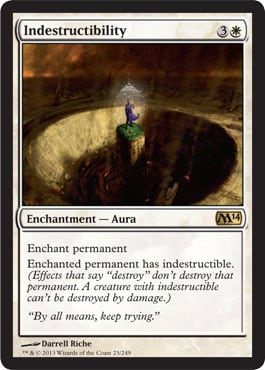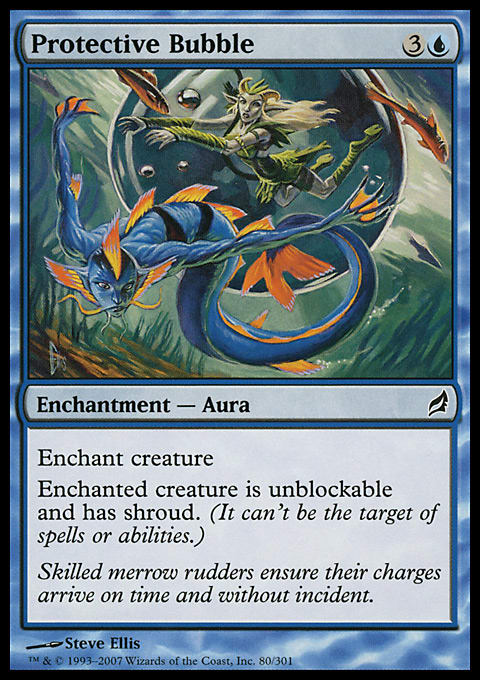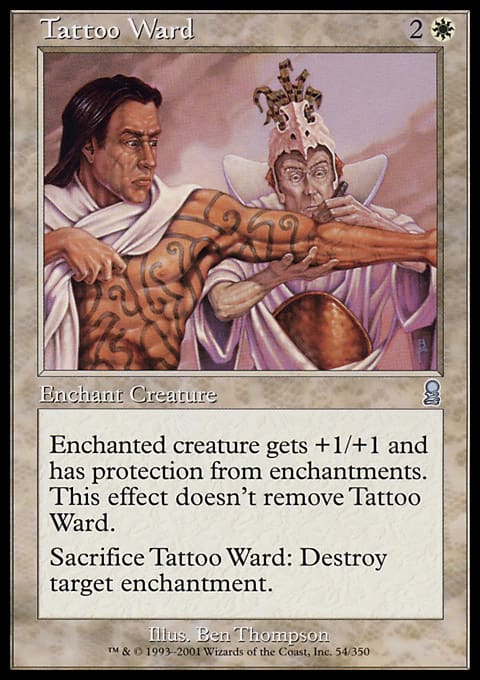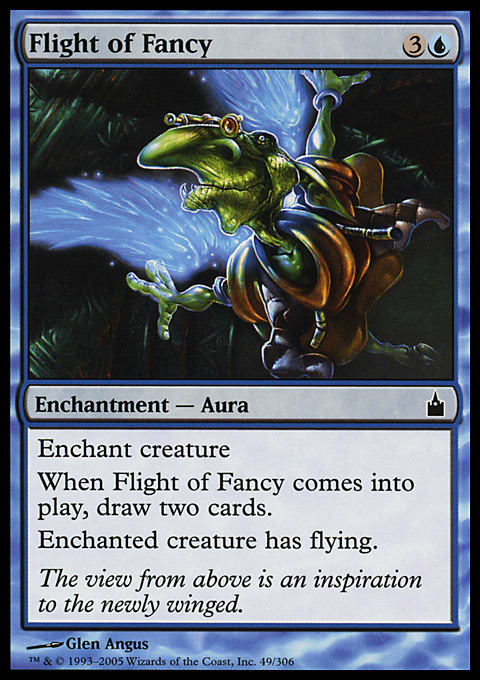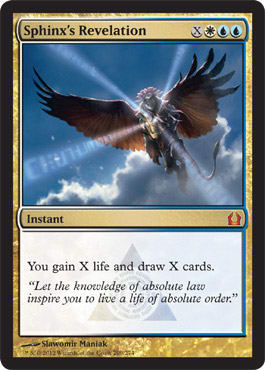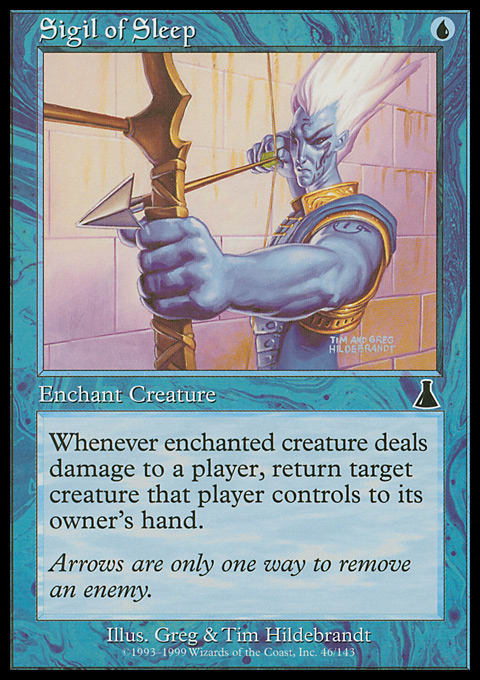It used to be that Magic was a game you just played around the table with friends or perhaps at the local hobby shop. But it grew, and if you look at DailyMTG right now, you’ll see that it’s become something of a spectator sport. I’m certainly not the foremost expert on what makes a good sporting event for viewers, but I can speak for the competitors and tell you that they aren’t as different than other Magic players as you may have been led to believe.
There’s a stigma surrounding the ultra-competitive Spike who “doesn’t like to have fun” that’s just untrue. Yes, some people like to demonstrate their skills through playing Magic, and I count myself among them. But people aren’t one-dimensional, and even the best of the best love more about Magic than just money and glory. Those of you who follow our content manager Adam Styborski (@the_stybs) may remember this example:
RT @the_stybs: Some #CMDR with @dwpoker, @top8games, @klug_alters, and Bob Maher. Average game.
— GatheringMagic.com (@GatheringMagic) August 20, 2012
Yes, that’s Bob Maher Jr., the hall of famer. Why wouldn’t he love Commander? Well, it is different than say, Standard play on the Pro Tour. So, what lets people pay rapt attention both to high-stakes games of Block Constructed and epic Commander slugfests? Games of Magic have narrative flow, and R&D works hard to perfect that aspect of the game.
What’s in a Story?
All good stories need conflict, but the nature of the game takes care of that pretty handily, so giving Magic gameplay a strong narrative lies mostly in making that conflict exciting. How do we get there? Luckily, we have a light in the darkness to guide us:
Interaction
Have you ever watched a NASCAR race? Some people love them, but the pod racing in Star Wars: Episode I–The Phantom Menace excited a whole lot of people who aren’t NASCAR fans. Sure, you can attribute that to the giant flying machines (or the lackluster movie surrounding the race), but I’d wager that it has more to do with the contestants throwing wrenches in one another’s plans. Otherwise, you might as well have them each do a loop on his own and then compare the times.
Magical interaction usually takes the form of removal and countermagic, but if you can work in the awesome blocking sequences and combat tricks found in Limited play, more power to you. Bruna’s in W/U, so we could go the normal route with Counterspell plus Wrath of God, but that’s neither new nor exciting. What about point removal? I know, I know, point removal is “bad” in multiplayer: You have multiple opponents, so you’re not keeping card parity—unless, of course, you are.
In most Commander groups, the board is bound to be wiped a few times every game, so when you recast Bruna and attack, you’ll have some fresh ammunition to deal with opposing creatures. Cage of Hands won’t take the Angel out of combat, and thanks to Bruna’s vigilance, Stasis Cell does nothing at all until you have spare mana to move it.
I’ve built my fair share of decks that were so focused on a theme that they were basically playing solitaire. That grows old real quick, so it’s nice to pack the occasional Time Stop or Winds of Rath to make sure that your opponents aren’t goldfishing either. As much fun as finding interactions between your own cards can be, the variance that keeps Commander fresh is the interplay between all of the decks at the table.
Give and Take
Going back to our story analogy, it’s exciting to have one character trip another in a foot race, but it’s even better if that second character later catches up. As soon as the identity of the eventual victor is clear, the remainder of the competition loses meaning, so all of the big players should pull ahead at some point. This lesson isn’t so much about what to include as what to leave out.
These two Auras could cut off the vast majority of ways for your opponents to interact with Bruna, which might correlate to victory. It also correlates to overly swingy games in which you either slaughter the table or never make it off the ground. That’s fine if it’s the gameplay you’re looking for, but in that case, I’d suggest Uril, the Miststalker or Zur the Enchanter. Bruna was made for more back and forth, and therein lies the secret behind playing a great game of Magic.
Impact
The basics of good storytelling transcend subject matter, but that doesn’t mean that everything deserves to have its tale told. We relate events to each other because those events were inherently exciting and altered our lives. Telling your friend about casting Genesis Wave with X equal to 73 is awesome—a “story” about playing a Runeclaw Bear and attacking ten times? Not so much. Luckily, this one’s pretty easy: Simply include cards that lead to awesome things.
Slam in with Bruna, attaching Battle Mastery and Corrupted Conscience for the kill; attack on turn seven, returning the Treachery in your graveyard to draw a total of twelve cards with your Ocular Halo/Pemmin's Aura combo; block with an Entanglered Bruna only to hook up an Armored Ascension and eat an opponent’s entire team. But most importantly, make it new.
Novelty
If you hail from the U.S. of A, you’ve probably heard the story of Goldilocks and the Three Bears a couple of times. Okay, maybe a lot of times. Somehow, I have to imagine it’s no longer quite as suspenseful as it was on your first listen. Magic doesn’t work in quite the same way, but in this day and age, watching Kresh the Bloodbraided gobble up a Lord of Extinction is no longer worth writing home about. Aside from crazy plays, even the filler cards in your deck would do well with a facelift. Sure, Rhystic Study is a reasonable draw engine in just about any blue deck, but why not stay on theme?
Set aside your Batterskull for a Daybreak Coronet, your Honden of Seeing Winds for Private Research, your Privileged Position for a Coalition Flag. Arguments can be made that on-theme cards like these are too situational: They only work when your deck is already functioning. That’s certainly a weakness, but choices like these are not without advantages. First and foremost, Commander is often a political contest. Everybody knows that Avatar of Woe needs to be dealt with, but Sinstriker's Will may not draw as much fire your way. On that note, remember that you can kill creatures during the end of combat step—after an opponent already savaged your enemies.
Living Legend
Let’s not forget that there’s more to playing Commander than the stories you can tell afterward. Counterspells pretty much only make good stories when they’re found with a draw spell cast in response to something big, but millions of people still love to play with them. And that’s not wrong; Commander games are long affairs, and if everything was tale-worthy, you’d never get to most of it. Play what you like, but give yourself something to say if your friends have time to stay a while and listen.
Judging by your responses to the poll at the bottom of my last article, a lot of you are anxious to experience an actual game. Unfortunately, I keep myself too busy to guarantee time for Commander every week, and this week—due to preparation for Grand Prix: San Jose—I didn’t have a chance to play. I’ll try to set aside some more time for that going forward, but in the meantime, I can deliver on the other point you’ve been clamoring for: deck-building tips.
Theming
The first part of this article should have made the first point pretty clear. Choose cards that are especially useful in your deck. There are a lot of staples of the Commander format, and playing against the same cards all the time detracts from the variance that playing with a hundred different cards is meant to incite. The easiest theme is cards that synergize with a given commander, but even if those options run dry, feel free to pick something else you like and run with it.
Add Power
The memorable parts of Commander games usually center around the giant spells that the format is famous for, but those aren’t really what drives a strong Commander deck. Putting aside combo kills and the ludicrously overpowered, a strong deck is defined by its ability to generate mana and draw cards. I consistently see people running thirty lands and four mana rocks in their decks and calling it a day. With proper mulliganing discipline, these decks might find enough mana to cast their spells. That’s not exactly what your mana’s for. Once you start drawing a ton of extra cards, you need some way to play them, and 16 mana’s going to do that a heck of a lot better than 8.
Moreover, between the ever-present ability to recast your Commander and the plethora of lands that have secondary abilities, it’s pretty hard to flood out of a game of Commander. Now, some colors have a harder time with performing these tasks than others, but especially in red and white, don’t forget to look for themed inclusions that can help. For instance, consider Capashen Standard in a Bruna list. Well, that and forty-five mana sources.
Know Thyself
A lot of people enjoy having their decks play familiarly, offering a sense of constancy and comfort. I’m not among them; I’m always looking for new experiences, and I grow tired of decks quickly.
If you’re okay with familiarity, adding a bunch of Idyllic Tutors and Enlightened Tutors to your deck can help you set up cool plays, make your deck more consistent, and even allow you to include themes that don’t have enough cards to support them. Then again, none of that’s worthwhile if the tutors are just going to make you bored of the deck after a few games. Neither is right or wrong, but knowing where you stand will let you build decks you enjoy better. If you’re not sure, you might try to extrapolate based on whether you often build decks with similar themes or just try tutoring a bunch and give it some time.
Casting Stars
Last but not least, make sure the cards you include can serve a variety of purposes. As awesome as having Auramancer's Guise, Ethereal Armor, and fifteen similar cards might be, they’re not going to do you much good when your opponent drops Solitary Confinement. The more purposes your cards serve, the less likely they are to all be shut down at once and the more likely you are to have an answer to whatever problematic situation your opponents are creating.
Is Sigil of Sleep the best card in a format full of creatures with enters-the-battlefield triggers? No, not by a long shot, but it offers a lot of capabilities that aren’t easy to come by. The card gives you an excuse to attack players in the name of cooperation so that you can let them recast their creatures, and it takes problematic static abilities off the board. Often, the weird ones won’t end up working out, but if you have the cards handy, I’d recommend giving them a shot. You might just be surprised by how often an Imp's Mischief can come in handy.
For Here or to Go?
That’s where I’m going to cut things for this week, but if you’re looking to get into more depth on deck-building, fear not. At some point, I’ll do an article documenting my entire process. In the meantime, go forth and make your own legends.
[poll id=208]















